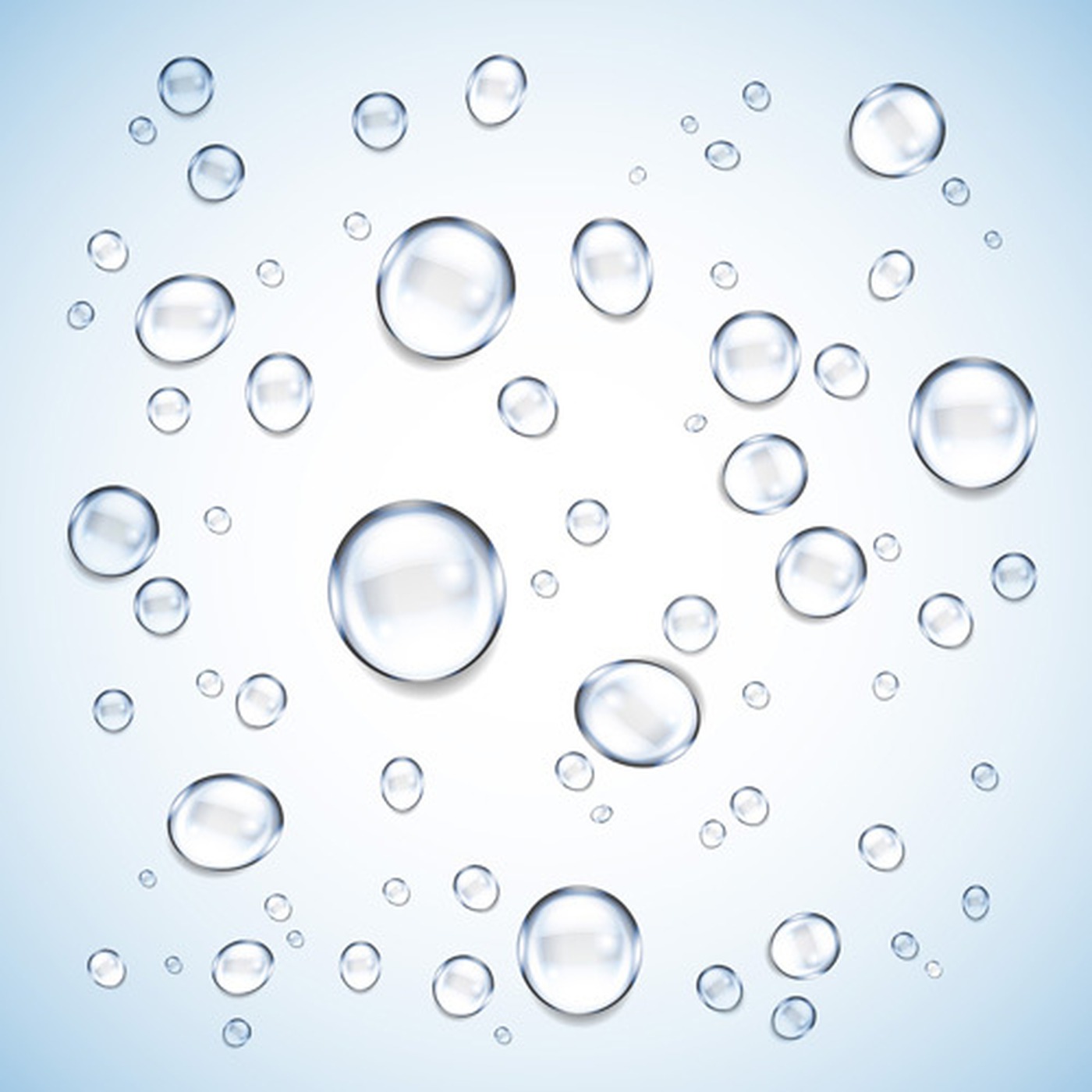nonNano
Nelokalni mehanički modeli nanogreda / Nonlocal mechanical models of nanobeams
projekt financira Hrvatska zaklada za znanost / research project funded by the Croatian Science Foundation
IP-2019-04-4703
1.2.2020. - 31.5.2024.
Sažetak:
Predloženim istraživanjem razvit će se napredni nelokalni modeli nanogreda, a koji će biti prikladni za provođenje realističnih simulacija mehaničkog ponašanja nanostruktura. Naime, velika većina rezultata predstavljenih u literaturi uključuje određenje manjkavosti. U tom smislu valja istaći dva problema. Često korištena nelokalna gredna formulacija temeljena na gradijentnim metodama daje paradoksalne rezultate u nekim osnovnim problemima. Drugi je problem povezan s mehaničkim značajkama koje su potrebne radi dobivanja rezultata usporedivih s eksperimentima odnosno simulacijama provedenim pomoću molekularne dinamike. Pritom se kao najvažnija mehanička značajka može istaći nelokalni parametar. Točna vrijednost nelokalnog parametra za pojedine materijale uključuje mnoštvo nesigurnosti. Da bi se nadišlo gore opisane paradokse, koristit će se integracijska formulacija temeljena na naprezanjima. Ovo je novi i obećavajući pristup koji nema spomenute poteškoće. Što se pak tiče realističnog mehaničkog ponašanja, da bi se postigao takav cilj mora se uzeti u obzir i diskretnu prirodu nanostruktura. U tom smislu, izotermni procesi deformiranja nanogreda predstavljat će ishodišnu točku, no fokus će biti na neizotermičim problemima. U prvom redu, u tom kontekstu razmatrat će se važna proširenja na dinamičko ponašanje, kao i na kompozitne nanogrede. Razvijene formulacije bit će iskorištene za razvoj novog nelokalnog grednog konačnog elementa koji će biti ugrađen u softver za analizu konačnim elementima Simulia/Abaqus. Novi konačni element omogućit će provođenje niza simulacija s ciljem dobivanja topološki optimalnih struktura s ciljanim značajkama.
Abstract:
The proposal at hand aims to develop advanced nonlocal models of nanobeams suitable for more realistic simulation of mechanical behavior of nanostructures. Motivation for this research arises from several shortcomings in majority of results presented in the literature. Two of them have to be pointed out. A widely used gradient based beam nonlocal formulations are prone to paradoxical results if applied to some of basic bending problems. The other problem is related to mechanical properties that are needed in order to obtain similar results like those obtained experimentally or by molecular dynamics simulations. The most important mechanical property is the nonlocal parameter, but its precise value for a certain material still encompasses a lot of uncertainties. In order to overcome mentioned paradoxes, the stress-driven integral formulation will be used. This is a novel and promising approach, not suffering from above described problems. As for the realistic mechanical behavior, in order to reach such a goal, the discrete nature of nanostructures must be accounted for. Although isothermal deformation of nanobeams will be the starting point, the focus will be on the nonisothermal processes. In particular, those will include important extensions to dynamical effects, as well as to composite materials. The formulations obtained in such manner will be used to develop a novel nonlocal beam finite element that will be implemented into finite element software Abaqus. With new finite element, a series of simulations will be performed in order to obtain topologically optimal structures with tailored properties.
Istraživački tim / Research Group::
prof. dr. sc. Marko Čanađija (voditelj/principal investigator)
prof. dr. sc. Marino Brčić
izv. prof. sc. Stefan Ivić
izv. prof.. dr. sc. Ante Skoblar
pred. dr. sc. Neven Munjas
asist. dr. sc. Nikola Anđelić
asist. Martin Zlatić
asist. Valentina Košmerl
Objavljeni radovi u časopisima / Published journal papers:
Barretta, R.; Čanađija, M.*; Marotti de Sciarra, F. Nonlocal Mechanical Behavior of Layered Nanobeams. Symmetry, 2020, 12, 717.
Barretta, R.; Čanađija, M.*; Marotti de Sciarra, F. On thermomechanics of multilayered beams.International Journal of Engineering Science, 2020, Article 103364.
Barretta, R., Čanađija, M., Marotti de Sciarra, F., Skoblar, A.*, Žigulić, R.Dynamic behavior of nanobeams under axial loads: Integral elasticity modeling and size-dependent eigenfrequencies assessment. Mathematical methods in the applied sciences, 2021, 1–18, https://doi.org/10.1002/mma.7152
Čanađija, M.* Deep learning framework for carbon nanotubes: Mechanical properties and modeling strategies. Carbon, 2021, 184, 891-901, https://doi.org/10.1016/j.carbon.2021.08.091
Košmerl, V., Štajduhar, I., Čanađija, M.*: Predicting stress–strain behavior of carbon nanotubes using neural networks, Neural Computing and Applications, 2022.
Brčić, M.*, Kršćanski, S., Brnić, J. Rotating Bending Fatigue Analysis of Printed Specimens from Assorted Polymer Materials, Polymers 2021, 13(7), 1020,
Čanađija, M.*, Košmerl, V., Zlatić, M., Vrtovšnik, D., Munjas, N.: A computational framework for nanotrusses: Input convex neural networks approach, European Journal of Mechanics - A/Solids 103 (2024), 105195, ISSN 0997-7538
Nikolić, F., Čanađija, M.*: Machine learning of structure – property relationships: an application to heat generation during plastic deformation, Facta Universitatis-Series Mechanical Engineering, https://doi.org/10.22190/FUME240215019N, 1-21, ISSN 0354-2025
Zlatić, M., Čanađija, M.*: Incompressible rubber thermoelasticity: a neural network approach, Computational Mechanics, 71 (2023) 895-916, ISSN: 0178-7675
Nikolić, F., Čanađija, M.*: Deep Learning of Temperature–Dependent Stress–Strain Hardening Curves, Comptes Rendus Mécanique 351 (2023) 151-170, ISSN 1631-0721
Barretta, R. *, Čanađija, M., Luciano, R., Marotti de Sciarra, F. On the mechanics of nanobeams on nano-foundations, International Journal of Engineering Science, 180 (2022), 103747, ISSN 0020-7225
Barretta, R., Čanađija, M., Marotti de Sciarra, F., Skoblar, A.*: Free Vibrations of Bernoulli-Euler Nanobeams with Point Mass Interacting with Heavy Fluid Using Nonlocal Elasticity, Nanomaterials, 2022, 12, 2676, ISSN: 2079-4991

Snimka prezentacije završnih rezultata istraživanja (poč. 12 min 30 s)



